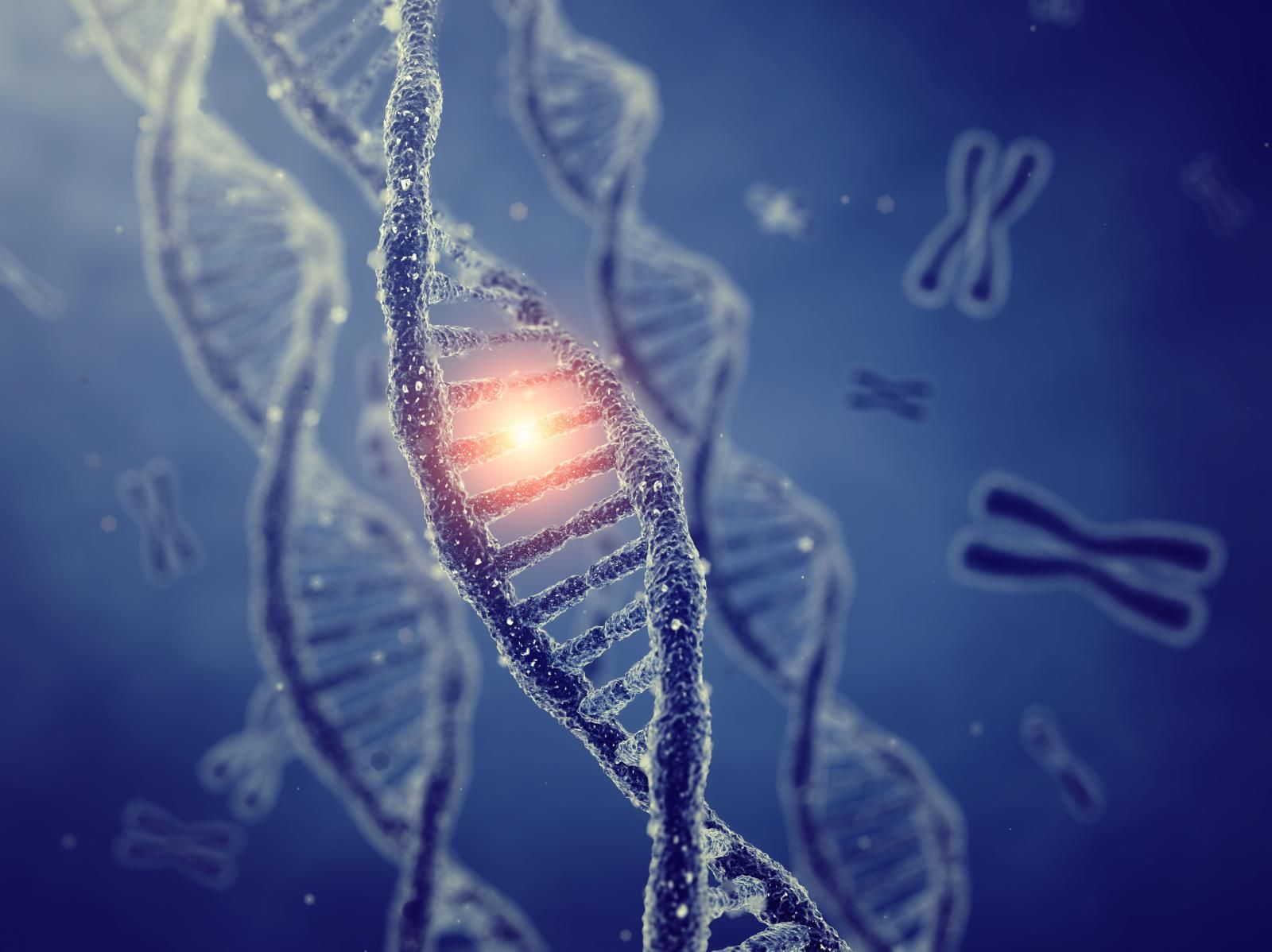Cancer Death Rates on the Decline, 2019 Cancer Stats Report Shows
Due to the significant decline in smoking and an increase in advances for early cancer detection and screening, the cancer death rate has declined 27% in the United States from 1991 to 2016, according to the American Cancer Society’s annual report on cancer rates.

Due to the significant decline in smoking and an increase in advances for early cancer detection and screening, the cancer death rate has declined 27% in the United States from 1991 to 2016, according to the American Cancer Society’s annual report on cancer rates.
Cancer made up 22% of all deaths in 2016, making it the second leading causeof deathin the United States, following heart disease.
“The continuous 25-year decline in cancer mortality was good news because rates for several other leading causes of death have been stagnant or even increasing in recent years,” Rebecca L. Siegel, MPH, lead author of the report and scientific director of surveillance research at the American Cancer Society, toldTargeted Oncology.
Siegel added that this progress has translated to “2.6 million fewer cancer deaths during this time period than would have been expected if rates had remained at their peak.”
Data were collected from 47 states and the District of Columbia for this report. Because of the time required for collection and analysis, data lags behind 2 to 4 years. However, the report estimates 1,762,450 new cancer cases and 606,880 deaths will occur in 2019, amounting to more than 4800 new cancer cases to be diagnosed per day. This estimate reflects the contemporary cancer burden based on the most recent data.
Between 2006 and 2015, there were about 2% less cancer diagnoses in men while the rate stayed about the same in women. In terms of cancer deaths between 2007 and 2016, the rate decreased by 1.8% in men and 1.4% in women.
Major Statistics by Cancer Type
Although lung cancer accounts for the most cancer-related deaths, the most commonly diagnosed cancers in men include prostate, lung, and colorectal cancer (CRC); the 3 most common diagnosed cancers for women are breast, lung, and CRC.
Between 1990 and 2016, the lung cancerrelated death rate has dropped 48% in men, while this rate has dropped 23% in women from 2002 to 2016. New lung cancer diagnoses have also dropped 3% in men and 1.5% in women between 2011 and 2015.
There was also a 40% decrease in breast cancerrelated deaths in women from 1989 to 2016. Among men, the prostate cancer–related death rate decreased 51% from 1993 to 2016.
After an increase in screening and advancements in CRC treatments, both men and women experienced a decline of 53% in CRC-related deaths. However, in adults under the age of 55 years, there was an increase of about 2% in new cases per year since the mid-1990s.
The report also noted that the rate of liver cancer diagnoses is increasing faster than any other cancer. Those infected with hepatitis C virus (HCV) are at the greatest risk; baby boomers, or adults born between 1945 and 1965, make up 75% of HCV-infected patients.
Racial and Ethnic Disparities
According to the report, the cancer death rate was 14% higher in blacks than in whites in 2016. However, this has narrowed the gap from 1993 when the rate was 33%. Several factors affect the differences among racial and ethnic groups, including socioeconomic status (SES). Poverty, for example, has been associated with higher cancer case and death rates.
“People with lower SES have greater exposure to cancer risk factors, like smoking and excess body weight, and barriers to effective cancer prevention, early detection, and treatment,” Siegel commented. “Facilitating access to healthcare has been shown to reduce or even eliminate racial and SES disparities.”
Siegel noted that the most concerning of the widening SES disparities was “especially notable for the most preventable cancers.”
For example, the report demonstrated that in poorer counties, cervical cancerrelated deaths were twice as common in women and men experienced 40% more lung and liver cancer–related deaths compared with more affluent counties.
Cancer Rates by Age
An estimated 11,060 children aged 1 to 14 years will be diagnosed with cancer in 2019; the estimated number of cancer deaths in this age group is 1190. In children, leukemia accounts for the majority of cancer cases, making up 28% of all childhood cancers. Brain and nervous system tumors make up 26% of pediatric cancers, yet they are the most common diagnoses among adolescents (aged 15 to 19 years), accounting for 21% of adolescent cancer cases.
Death rates for children and adolescents have declined continuously for many years, amounting to an overall 65% reduction from 1970 to 2016. Between 2008 and 2014, the 5-year relative survival rate for children rose to 83% from the previous 58% in the mid-1970s and rose to 85% for adolescents from the previous rate of 68%.
Although cancer risk increases with age, adults aged 85 years and older are expected to represent about 140,690 cancer cases (~8%) in the United States in 2019. This group is also estimated to account for 17%, or 103,250, of cancer deaths as well.
However, this age group currently represents one-third of all male cancer survivors and one-fourth of all female cancer survivors. Although this age group is the fastest-growing population in the United States, with the number of adults ≥85 years in the United States expected to nearly triple from 6.4 million in 2016 to 19 million in 2060, they are also the fastest-growing group of cancer survivors, placing greater demand on cancer care needs for an older population.
Reference:
Siegel RL, Miller KD, Jemal A. Cancer statistics, 2019 [published online January 8, 2019]. CA Cancer J Clin. doi: 10.3322/caac.21551.